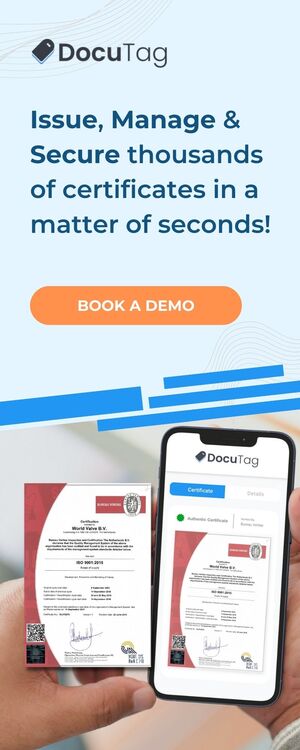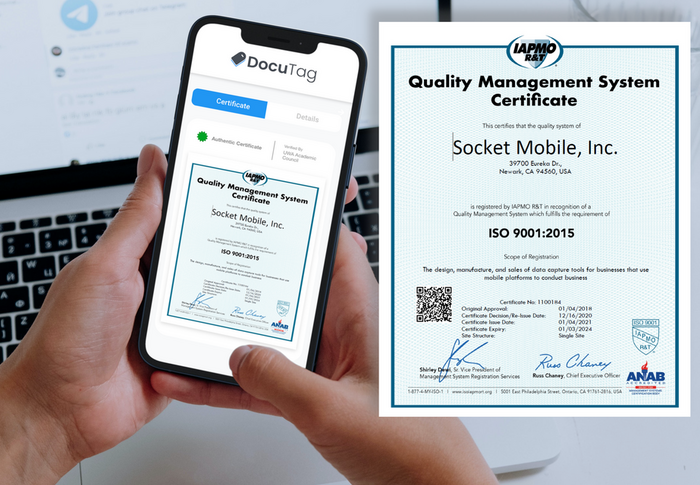If you are not a technology enthusiast or come from an IT background, understanding IoT can be a bit challenging especially with all the technical definitions and explanations out there.
In this article, we will explain in the simplest way possible, everything you need to know about IoT.
Jump to specific parts:
Why does IoT Matter? (Benefits)
What is IoT?

IoT or the “Internet of Things” is a system of interconnected devices that communicate via the internet.
IoT technology extends the power of internet connectivity beyond the typical digital devices such as computers or smartphones and creates a whole new scope of things, processes, and environments to collect and deliver a huge amount of data, and in-depth analysis with other IoT devices, systems, and applications.
Basically, the data “talks” to us and the other “things” it’s connected to.
Some IoT smart devices that you encounter every day: Smart Mobiles, medical sensors, fitness trackers, security systems, smart refrigerators, smartwatches, smart door locks etc.
How Does it Work?

The confusion around the IoT ecosystem erupts mainly because it is a very broad concept that can’t be defined through one example or possibility. To help clarify, here’s how IoT technology works in a nutshell.
First, we must understand that the concept of IoT is structured around these two features:
Automation. The ability for devices to communicate with apparatuses, and other hardware without the need for human interference.
Connectivity. A worldwide scale network with an infinite number of enhanced connections that provide easy access to various information.
For IoT to ensure that everything runs smoothly in terms of ensuring automatic data transfer, data analysis as well as facilitating the connectivity between multiple devices, The system must utilize various technologies such as Artificial Intelligence (AI), Big Data, Machine Learning, Cloud Computing, and wireless technologies.
The 3 stages of an IoT System:
1. Data Collection and Connectivity
Just like the device you’re using at the moment to read this article, any internet-connected device or sensor works as a mini-computer processor that uses machine learning to collect data.
The smart device gathers the data and passes it to the cloud for processing. The transfer of these data can also be staged with intermediary devices.
The most common methods used for data connectivity are Cellular, WiFi, Bluetooth, RFID readers, HTTP/S, FTP.
2. Data Processing
After the IoT device aggregates the data collected into a data center or cloud, software processes it and might perform an action.
For example, your smartwatch that automatically tracks your steps and calorie count or your smart thermostat or airconditioner that adjusts itself to the ideal indoor temperature.
This combination of data processing and machine learning is what makes IoT products smart devices. And the latter’s ability to learn without programming is what allows IoT devices to perform certain actions without human intervention.
3) User Interface
As much as automation is valuable, some actions have to be done the old traditional way. Let’s say you want to adjust something in the device’s system, something as simple as lowering the temperature, a user interface it’s what allows you to do so.
Any adjustments or actions made by the user is sent back in the opposite direction through the system:
User interface >>> The cloud >>> Device
Why Does IoT Matter?

Whether we notice it or not, IoT is progressively revolutionizing our lives. It has become increasingly prevalent in our homes, work, and all of our surroundings. In fact, Experts agreed that until now IoT has had the biggest technological impact till this day since cloud computing. And By 2025, there will be more than 75.4B Internet of Things devices worldwide.
Here are some benefits that can be reaped from IoT:
- Better insights and control over objects and environments that are beyond the reach of the internet
- Helps businesses and people connect to the IoE (referred to as the Internet of Everything)
- IoT promotes efficient resource utilization and minimizes human efforts and interference
- Cost reduction and returns maximization
- Faster analytics decisions with higher accuracy
- Secured processing and high-quality data
- Provide a better client experience
BrandTag as a Solution

At LuxTag we are changing the concept of authenticity, ownership and data governance in the digital age, using the latest technologies such as Distributed Ledger Technology (DLT/Blockchain) and IoT.
Our latest product BrandTag is a SaaS (software as a service) solution that provides brand owners with the easiest way to prove their products’ authenticity and engage with their customers.
Our Solution gives each of your products a unique ID for consumers to scan and get a wealth of information about your brand. Simultaneously, you can gain an insight into their buying intentions and behaviors, helping you in determining your brand’s next marketing direction.
Want to find out more about BrandTag? Check out our article: All about BrandTag
TRY OUT BRANDTAG
Onboarding Assistance and 30 Days Free Trial Available






